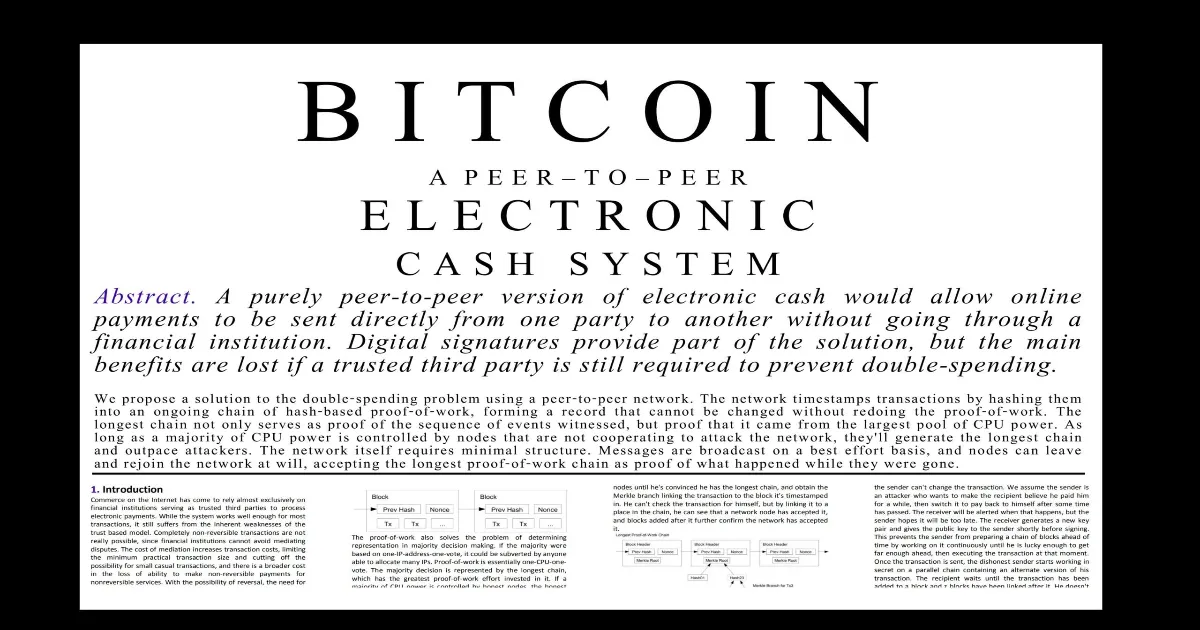We’re deep in the forest, camping together. Wrapped in blankets, sitting on old fishing chairs beside the crackling firepit.
The night’s a bit spooky. But that’s the point – it’s Halloween, after all.
“How ’bout I tell you some horror stories?” I say.
“Sure,” you grin. “But skip the Pennywise, Freddy Krueger type stuff. None of that scares me anymore.”
“Oh, trust me,” I reply. “This is scarier than any clown or chainsaw.”
I lean closer to the fire.
“I’m talking about… crypto horror stories.”
*thunder sound*
1/ The Exchange That Vanished
Once upon a time, there was a crypto exchange called Mt. Gox.
And it wasn’t just some exchange – Mt. Gox was crypto. In 2013, it processed nearly 70% of all Bitcoin trades.
But behind the screens, the exchange was bleeding. For years, hackers stole BTC through cracks in the code – completely unnoticed.
Then one cold February morning in 2014, users logged in and… they couldn’t withdraw their money.
Mt. Gox announced: 850K BTC (worth about $500M then and billions now) had been missing.
Poor security and mismanagement caused the biggest loss in early crypto history
The exchange went bankrupt, and creditors still wait for repayment.
To this day, whenever someone says, “My coins are safe on the exchange,” an old trader somewhere whispers back…
“Mt. Gox.”

2/ When the Code Rebelled
Ethereum’s early dream was pure: a decentralized utopia where code ruled over greed.
In 2016, The DAO was born – a crowdfunded venture capitalist built entirely on smart contracts. The project raised $150M in ETH.
But code, like magic, hides curses.
One anonymous hacker found a flaw in a smart contract, and this flaw allowed them to drain ETH from the DAO’s treasury again… and again… and again.
This resulted in ~$60M in ETH drained out.
Now, the money wasn’t gone from the network – it was locked in a “child DAO” controlled by the hacker, but still visible on the blockchain.
Developers realized they could stop the thief by changing Ethereum’s history right before the theft took effect – basically rolling the blockchain back to an earlier point and returning the stolen ETH.
But that broke one of crypto’s core principles: the blockchain should never be rewritten.
Still, the devs made the controversial decision, and split the blockchain in two:
👻 Ethereum (ETH) – the rescued chain;
👻 And Ethereum Classic (ETC) – the untouched original.
And from that fork, the blockchain learned fear…

3 / The CEO Who Took the Keys to His Grave
In the winter of 2018, Gerald Cotten, founder of QuadrigaCX, Canada’s biggest exchange, flew to India.
Soon after, something terrible happened… He was declared dead – complications related to Crohn’s disease, they said.
And with him, $190M in user funds.
The exchange announced that no one else had access to the company’s cold wallets. No backups. No recovery. Just one man’s encrypted laptop, and a community left staring into the abyss.
Then came the questions. Was he really dead? Why were coins moving after his death?
Netflix even made a documentary about it, but the truth stayed buried.
And now, every Halloween, someone still checks the blockchain – half-hoping, half-dreading – to see those wallets come back to life.

4 / The Collapse Heard Around the World
Do Kwon promised stability – the perfect stablecoin.
Unlike other stablecoins like USDC or Tether, Terra’s UST wasn’t backed by dollars in a bank. It was algorithmic.
The idea was:
👻 If UST went below $1, you could burn UST to mint $1 of LUNA, Terra’s sister token, and sell that LUNA for profit;
👻 If UST went above $1, you could mint UST by burning LUNA.
So the system relied on traders doing this over and over to keep UST glued to $1.
Investors poured in over $60B, lured by the “decentralized money outside banks” narrative and Anchor’s (Terra’s main app) 20% “risk-free” yield.
UST became the #3 stablecoin by market cap. LUNA hit triple-digit prices. Terra looked too big to fail. Regulators, VCs, retail – everyone was watching. Do Kwon felt unstoppable.
But then, in May 2022… the algorithm broke.
UST slipped below $1, traders rushed to exit, and the peg unraveled. Every redemption for LUNA printed more tokens, causing LUNA’s price to collapse and accelerating the death spiral.
Within three days, both coins were nearly worthless.
Retail investors begged for answers as exchanges stopped withdrawals. Do Kwon tweeted, “Deploying more capital – steady lads.”
But no capital could save them. Terra’s fall triggered a domino effect that consumed entire companies.
It wasn’t just a failure. It was contagion.

5 / The Emperor’s New Exchange
Sam Bankman-Fried was crypto’s golden boy – a hoodie-wearing billionaire who preached “effective altruism” and promised to make crypto respectable.
His exchange, FTX, was everywhere: stadium names, celebrity ads, political handshakes.
Behind the curtain, though, FTX secretly funneled billions in customer deposits to its sister firm, Alameda Research – which gambled it all away using FTX’s own token, FTT, as collateral.
But in November 2022, a leaked balance sheet exposed the illusion.
Binance publicly dumped its FTT holdings, panic erupted, and traders rushed to withdraw. Within days, billions vanished, and FTX froze withdrawals.
The empire collapsed, revealing an $8B hole and stunning mismanagement.
Sam’s penthouse in the Bahamas became a symbol of betrayal; his empire, a cautionary tale. Prosecutors called it one of the largest financial frauds in history.
And in 2024, SBF was sentenced to 25 years in prison.
FTX’s collapse shattered faith in crypto. Its ghost still haunts the trustless ideal Satoshi Nakamoto dreamt of…

A branch snaps behind us. We both freeze.
“Heard that?” you whisper.
“Yeah… is someone there?” I ask, my voice cracking just a bit.
You look around.
“I just hope it’s not Sam Bankman-Fried.”
“No, don’t worry,” I say. “He’s in prison.”
The wind howls. The fire flickers.
Somewhere in the dark, footsteps crunch on dry leaves.
“…or is he?” 😈
Now you’re in the know. But think about your friends – they probably have no idea. I wonder who could fix that… 😃🫵
Spread the word and be the hero you know you are!








